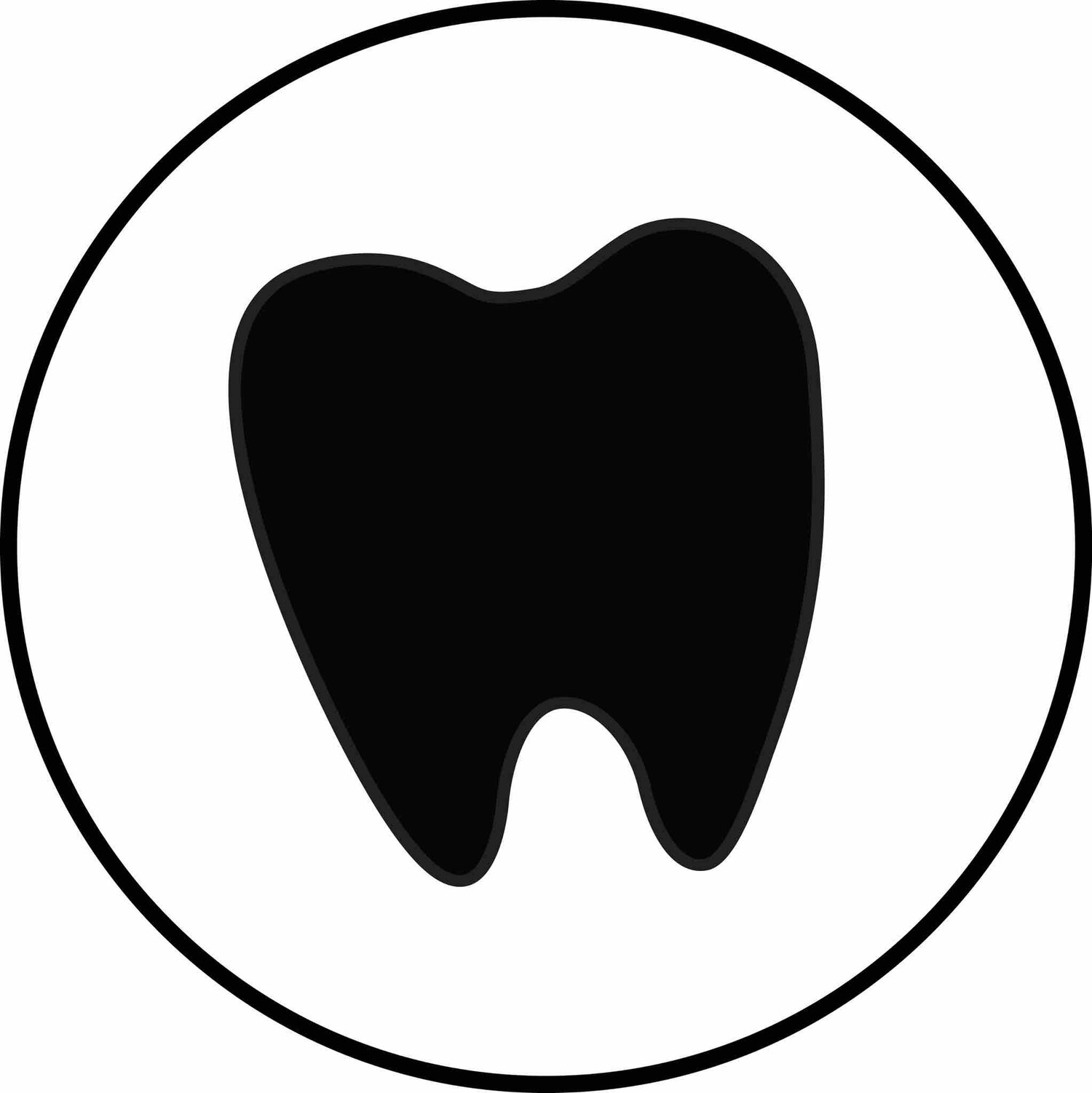"Does Flossing Really Work?"
As I’m sure you’ve read, seen, and been told about, news stations all over the county reporting that flossing is no longer needed, per the Dietary Guidelines for Americans by the U.S. departments of Health and Human Services and Agriculture. We’ve seen it and our patients have seen it. Tonight on a walk around my neighborhood, 2 people stopped me and asked if the reports were true. If people are asking on the streets, it is guaranteed that you’ll be asked several times a day for the next month or so by patients in your operatory chair.
So, how should you answer patients when they ask, “Does flossing really work?”
First, explain that the Cochrane review used for the research in the new guidelines reviewed only 12 short term trials. These trials only lasted 1-3 months, where periodontal disease can more than 3 months to manifest. Some of these studies did show a decrease in bleeding gums or gingivitis, but not a decrease in caries. Again, caries can take more than 3 months to manifest intraorally. Unfortunately, long term studies take money and not many people are willing to pay for a study to span several years.
Second, explain that from your personal experience with patients, you do see regular flossing and brushing improve oral health. It can help break up biofilms, which are live microorganisms, that can harm both your gums and your overall health.
Third, show your patient the proper way to floss in a mirror with the show, tell, do method right when they ask the question, even if it is before you begin anything. When a patient actually sees biofilm removed interproximally, it can be a big learning tool to the important of interproximal cleaning. I personally like using blue Cocoa Floss or black POH Floss since the color of the floss highlights the biofilm removal. Or, if your patient shouldn’t even be using floss due to large embrasure spaces, educate them on something else that will help with the biofilm break up. Softpicks by Gum have new curved handles, making it easier for patients to use in posterior teeth.
Finally, show the patient how much you care about their overall and oral health by explaining flossing instead of lecturing. Patients are looking for any excuse not to floss, and this news is the perfect out for them. Keep this is mind with your explanation, and hope that it will all be forgotten in a few weeks and they will be back to their regular oral hygiene routine.
How are you fielding the questions about flossing from recent news articles?


